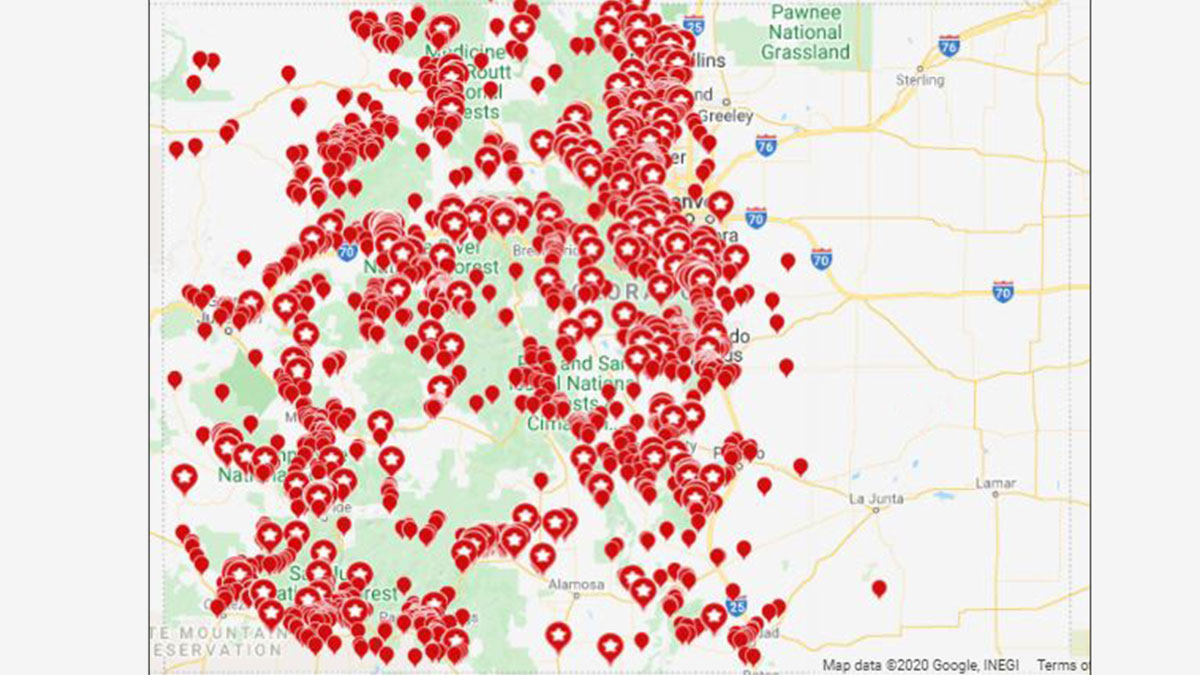Below is a news release from the Idaho Department of Fish and Game. The map above shows reported bear activity across Colorado from April 1-August 1, 2020.
Colorado Parks and Wildlife received 3,644 bear reports from April 1 through Aug. 31, 2020, down slightly from the 3,855 over the same timeframe the previous year. However, that number is expected to grow rapidly as bears are now in hyperphagia, the period when bruins are preparing for hibernation and spend up to 20 hours a day on the hunt for 20,000 or more daily calories.
Most of the reports involve bears trying to access human food sources and as we enter this fall period of hyper bruin activity, CPW is calling on residents to remove attractants to reduce conflicts and keep you and the bears safe.
“As fall approaches, people can think of bears as basically a four-legged walking stomach,” said District Wildlife Manager (DWM) Joe Nicholson out of the Evergreen district. “They are biologically driven to pack on calories in preparation for winter and they spend increasing time looking for the most efficient way to do so. Residents must realize it is their responsibility to secure their trash, remove other food attractants such as bird feeders, and protect backyard livestock with appropriate electric fencing to avoid conflicts that arise from attracting bears to homes.”
CPW promotes Bear Aware principles all year long, aiming to minimize interactions that put both humans and bears at risk. Being “Bear Aware” includes easy-to-execute behaviors such as securing trash cans and dumpsters, removing bird feeders, closing garages, cleaning and locking your car and house doors and calling CPW when bears become a nuisance.
Drought conditions and other factors that may influence the availability of natural food crops for bears varies across the state, as does the behavior of people when it relates to human-bear interactions. Those all play a role in the bear activity that we see annually.
Go here to view a region-by-region breakdown of bear activity.
(Photo source: Colorado Parks and Wildlife)
